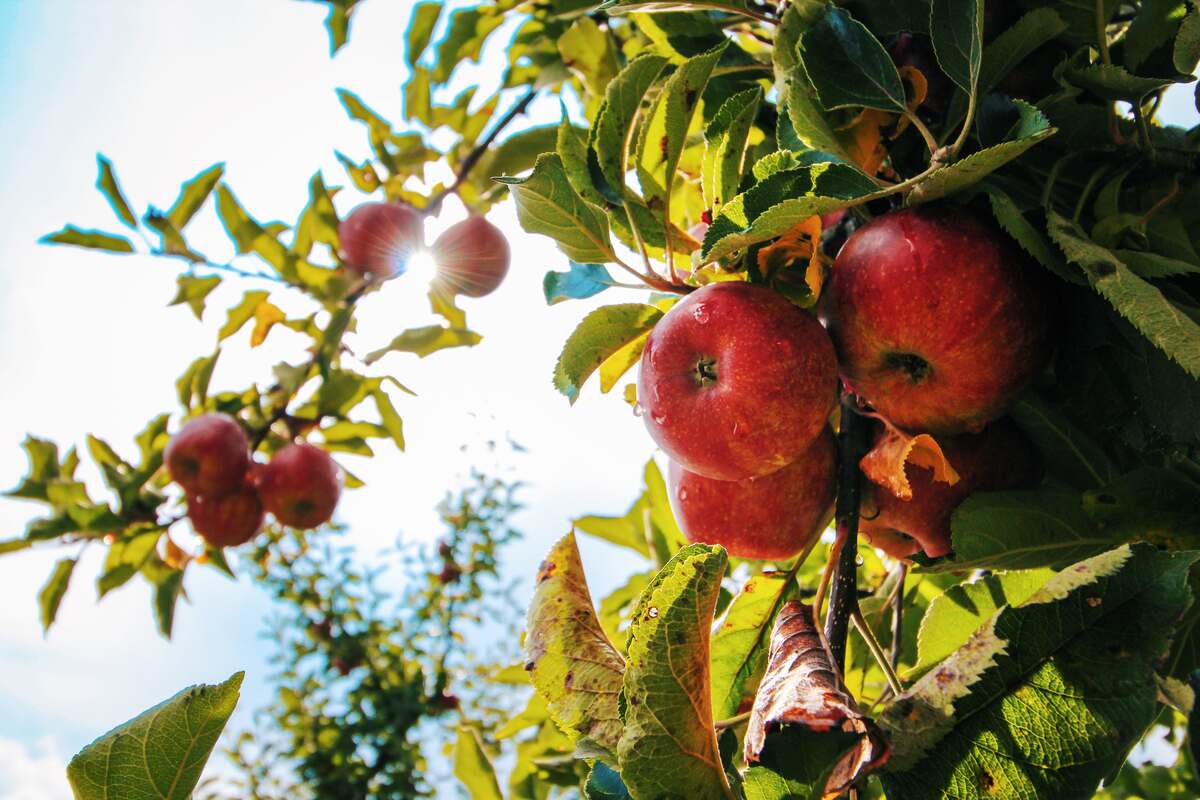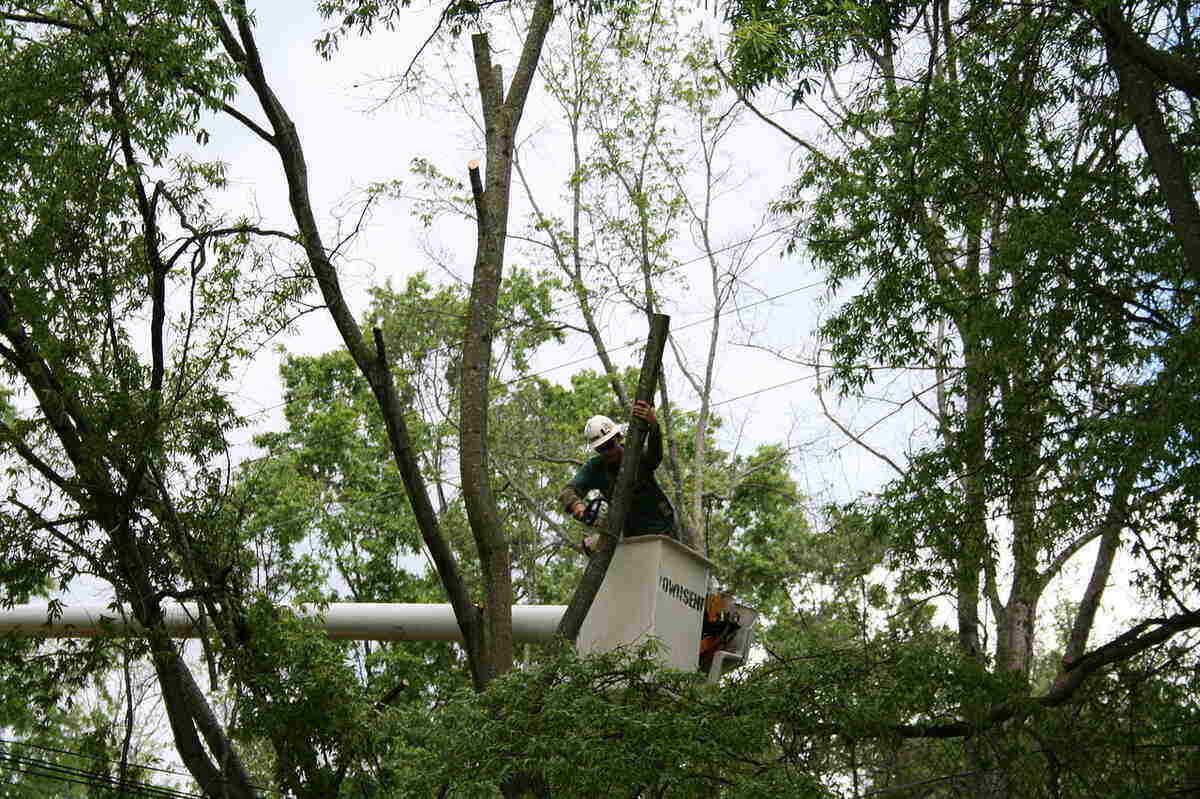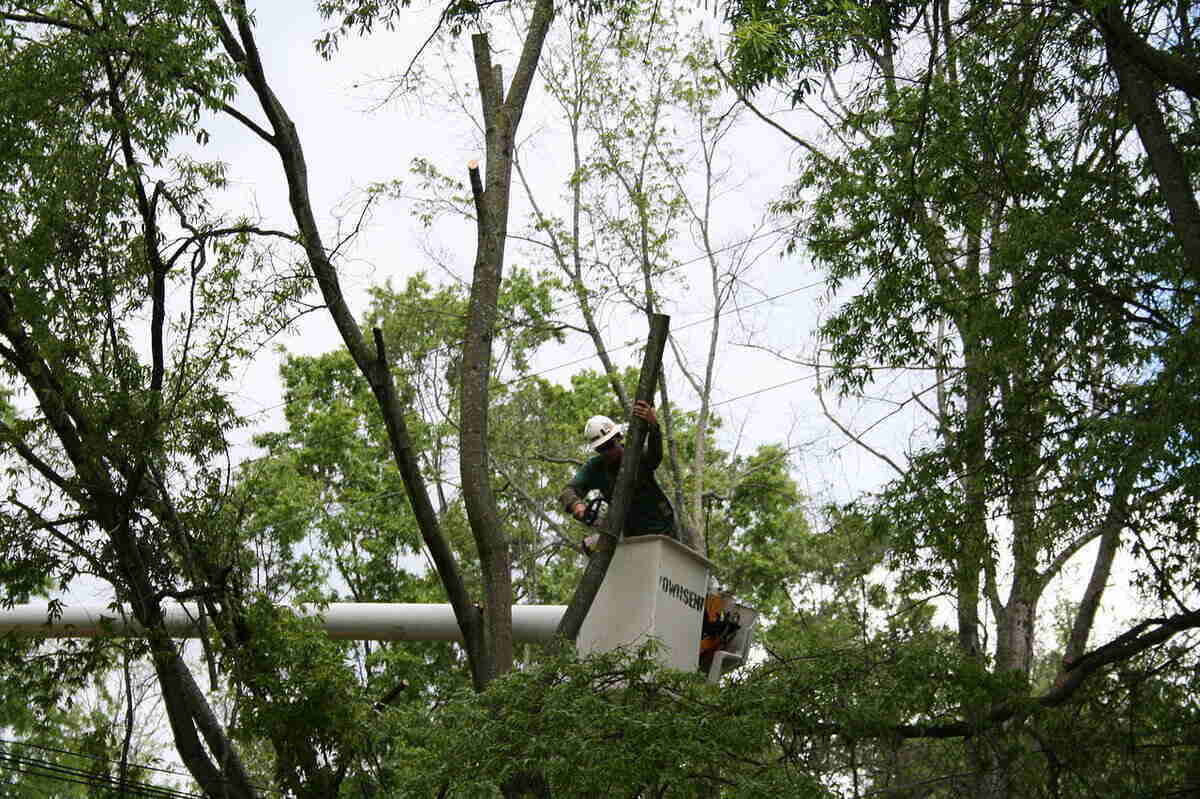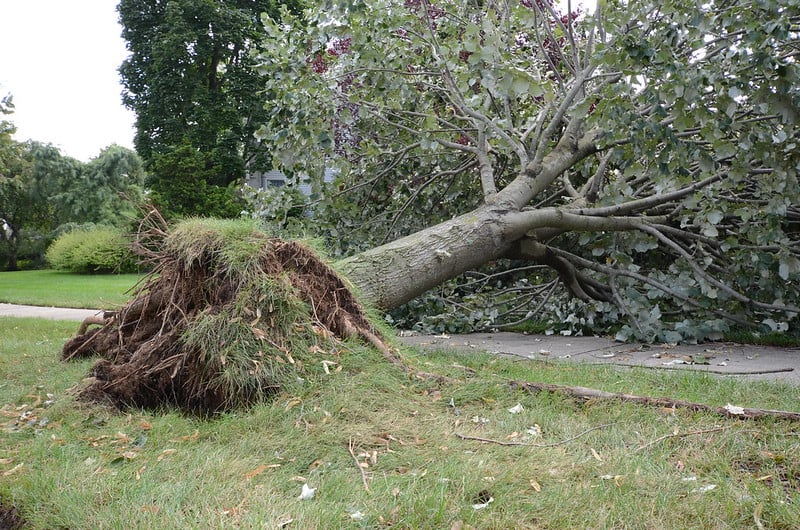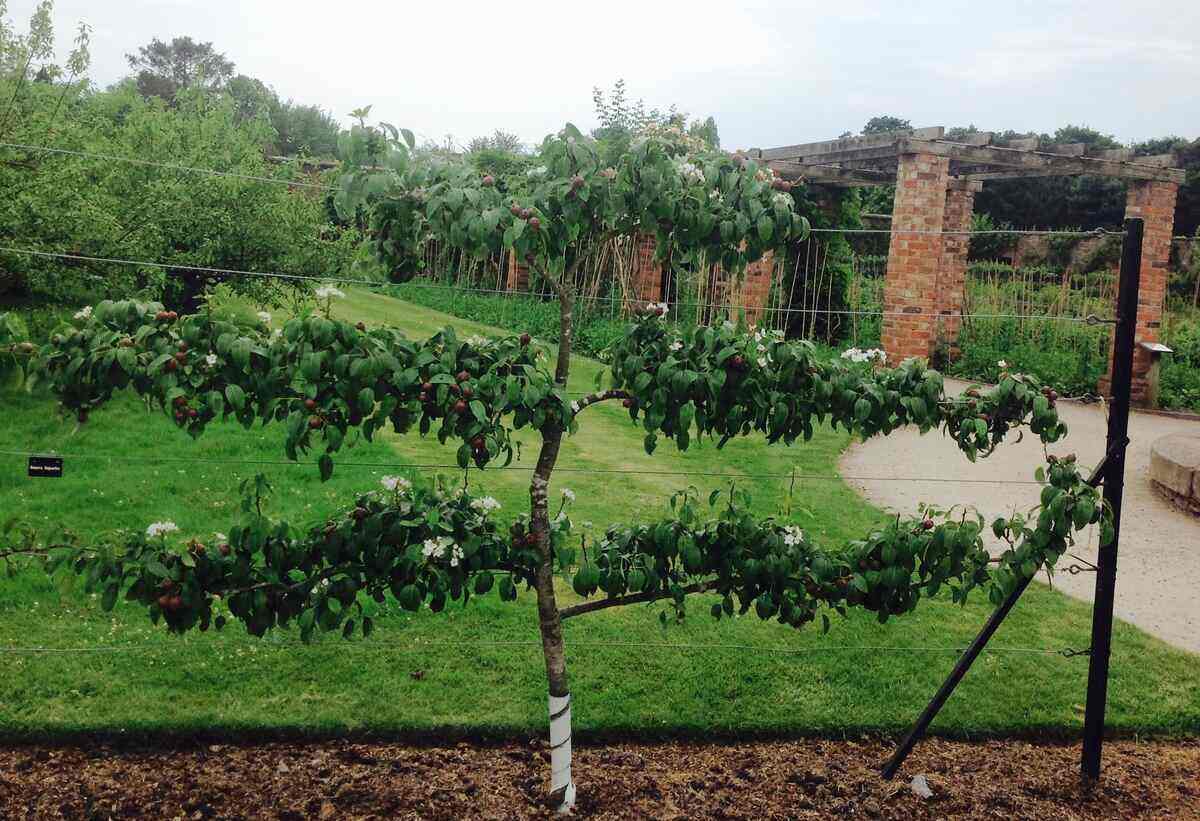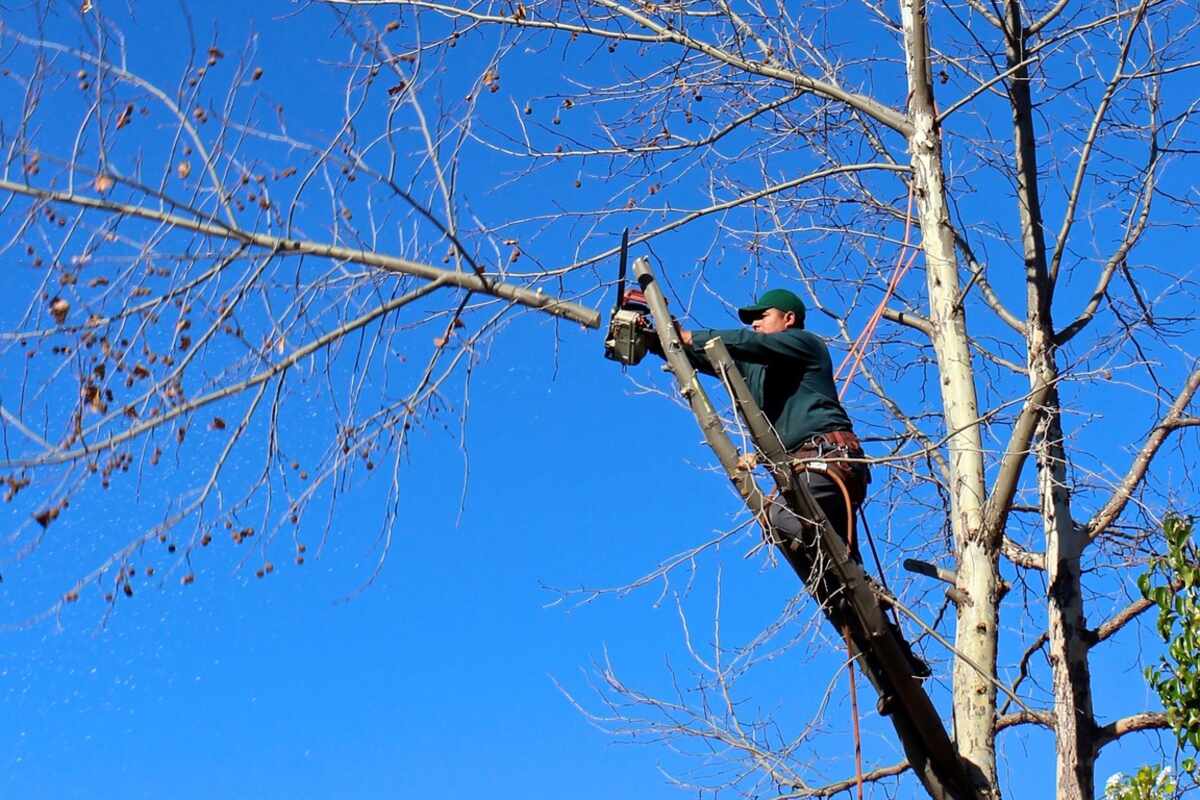
Tree trimming starts with quality cutting tools. As long as you have the proper tools for the job, you can quickly promote tree growth and health. But what are the right tools you need to trim a tree?
Trimming trees regularly is a must, but it doesn’t have to feel like a chore. You can still have fun with it and successfully DIY with the help of these tree-trimming tools.
Tools You Need to Trim a Tree
Safety Goggles
First and foremost, safety goggles are required to keep your eyes safe from splinters, debris, and sharp branches. It’s very easy to walk right into a small branch if you’re not paying attention. Also, if you are using a chainsaw, it shoots bits of tree and sawdust right into your face, which could scratch your eyes.
Gloves
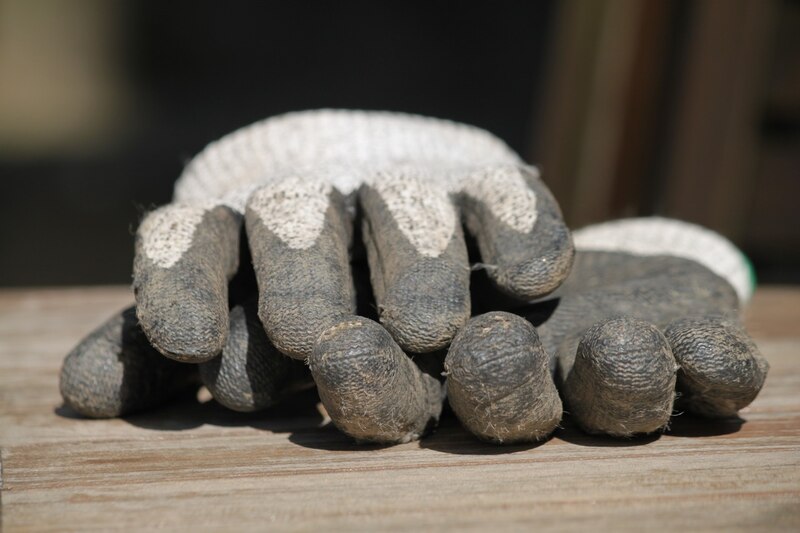
A pair of tough gloves help protect your hands from blisters, scratches, and cuts when trimming trees. For serious trimming, you should invest in a pair of leather gloves for long-lasting protection.
Jacket or Long-Sleeved Shirt
Wearing a long-sleeved shirt or jacket can help protect your arms from cuts and scrapes while maneuvering around overgrown tree branches. This also will protect you from getting bitten by mosquitoes and other unpleasant pests in your yard.
Loppers
Loppers work like hand shears but have longer handles and blades to cut through branches up to 3 inches in diameter. You need both hands to work the handles, which are about 2 to 3 feet long. This extra length helps trim branches above your head or in awkward spots, so look for loppers that telescope to extend your reach. The lopper label should specify the branch size it will cut.
Loppers are easy to maneuver in cramped spaces and take care of trimming projects without the need for a saw. Loppers also come in anvil, bypass, and ratchet styles. Bypass blades yield a cleaner cut, and some lopper designs include a gear-like feature that increases cutting power.
Saws
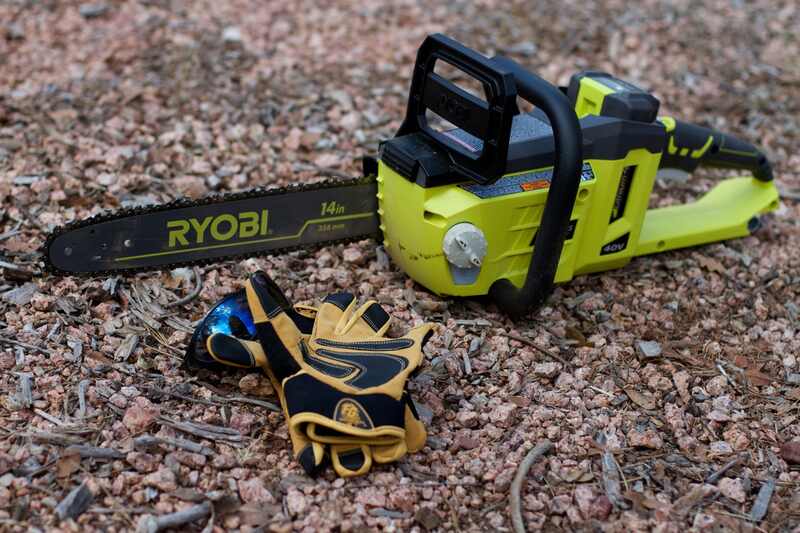
Photo Credit: Pxhere
Choosing the right saw depends on the job.
- Rope Saw: A rope saw has a chain-type cutting blade and is used for cutting branches 5 inches in diameter. Rope saws allow you to cut limbs up to 25 feet high while standing on the ground. Adding extension ropes will increase the reach of your rope saw.
- Pruning Saw: Whether you’re standing on the ground or aloft, hand saws help tackle branches up to 3 inches thick, although you can use them to cut slightly larger branches with more effort. Their blades are tempered metal and remain sharp for several uses. Unlike other saws, pruning saws cut on the push stroke, the pull stroke, or both, so that every movement produces a cut. Pruning saws can be electric, or battery-powered.
- Chainsaw: When dealing with limbs thicker than 5 inches, a chainsaw provides the cleanest cut. Most chainsaws have gas-powered engines though smaller chainsaws can be electric, battery-powered, or cordless which are much quieter and vibrate less than gas-powered chainsaws. To determine what size chainsaw you need, add 2 inches to the thickest branch or limb you need to cut. If you have a 6-inch limb, you’ll need an 8-inch chainsaw.
Pro tip: When using a chainsaw, wearing closed-toe shoes and hearing protection like headphones or foam earbuds is a must.
Shears
Pruning shears, also known as hand pruners or pruners, cut through branches between 1 to 2 inches thick and are the most basic starter tool for tree trimming. Smaller pruning shears fit in the palm of your hand, so they’re much easier to handle when trimming tiny tree branches, root suckers, and seedling trees growing in unsuitable locations.
Bypass hand shears work like traditional scissors, with one blade bypassing a blunt side to slice the branch off the tree in one clean cut, allowing the tree to heal faster. Anvil shears have one straight blade that closes onto a flat edge but will sometimes crush the branch so that it has difficulty healing, which is why they should only be used on hard, dead wood.
Hand Pruners
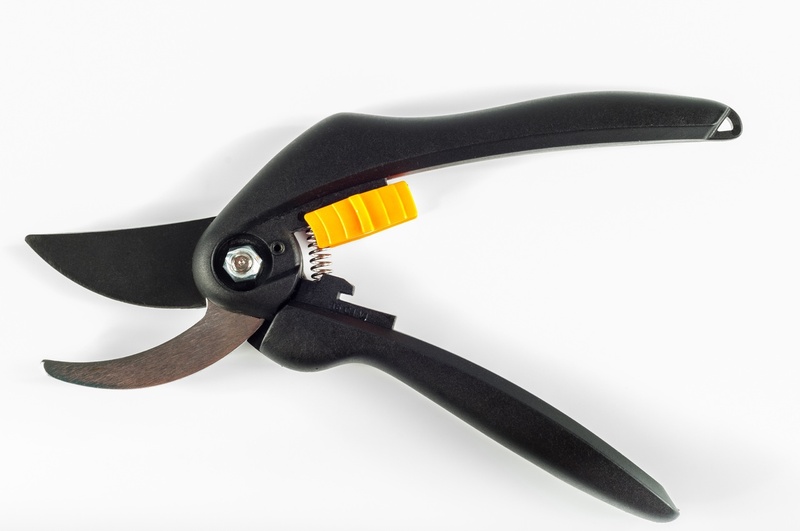
When cutting branches with a diameter of 1 inch or less, you should use hand pruners. Bypass pruners cut like a pair of scissors with a curved cutting blade that slides past a lower broad blade and creates the cleanest cuts.
Pole Pruners
Pole pruners average about 8 feet long and are handy for reaching 2- to 3-inch-thick branches that are beyond your reach. The pruning blades are at the top of the pole, and a thin rope runs the length of the pole, which you pull to cut the branch.
You can purchase telescoping pole pruners or connect multiple pole pruners to reach as high as 30 feet. You also can use a grab pole to methodically lower the branch to the ground. For the cleanest, healthiest cuts, choose a bypass-style pruner. For versatility in tackling larger branches, purchase a pole pruner that comes with interchangeable attachments that convert them into pole saws and bypass pruners. Electric pole pruners are also available.
Wagon, Wheelbarrow, or Wood Chipper
Tree trimming produces a lot of debris, and you’ll want to dispose of all the cut branches. You can pile them on a wagon or wheelbarrow and haul them to the dump, or you can rent a wood chipper to grind the branches into wood chips, which can then be used as mulch.
Why is it Important to Have the Proper Tools?
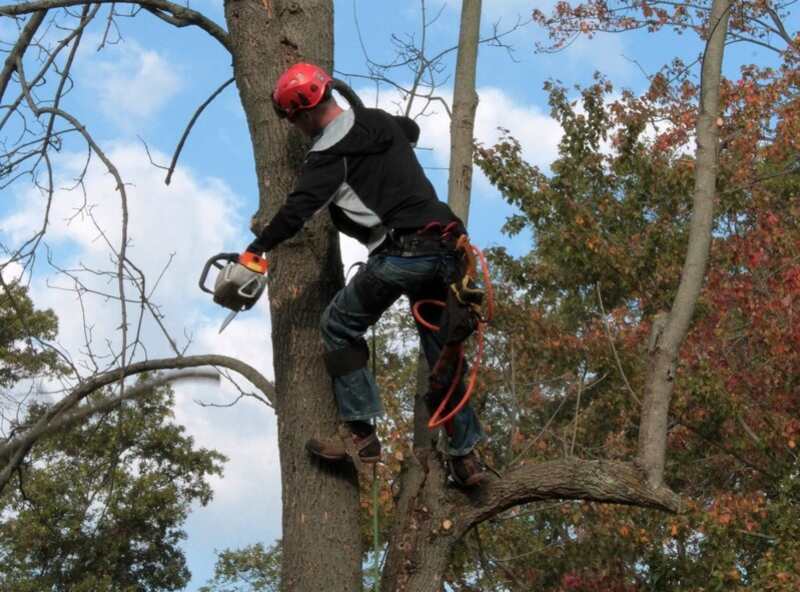
Using the right tools makes tree trimming safe, easy, and efficient. Not only that, but keeping your tools well-maintained and sharp not only improves their performance and durability, but keeps you safe from potential injuries during use and makes trees healthier by making good cuts.
Maintenance and Care of Tools
Having the right tools means nothing if they aren’t working properly. Not only can tree sap gum up your tools, but it can help diseases spread from tree to tree, since pruning cuts create entry points for bacteria and fungi.
Clean: Wipe down the blades with a rag between uses, and if you’ve been pruning diseased branches, sanitize the blade with alcohol before moving on to the next tree. Remove sticky sap by wiping blades with a rag dipped in turpentine or mineral spirits.
Disinfect: Submerge the blades for 1-2 minutes in rubbing alcohol, then clean your tools with soap and water and dry them thoroughly.
Rust-proof: You can rub the blades with oil to prevent rust and keep the tools operating smoothly.
Sharpen: Keeping tool blades sharp is also very important to produce the best cuts on the tree and reduce the workload on you. Use a sharpening stone or device to hone the cutting edges of hand pruners, loppers, and pole pruners. Dull pruning saws, rope saws, and chainsaws should be professionally sharpened, or the blade replaced.
FAQ About Tree Trimming Tools
Remove the dirt and sap with a wire brush or steel wool. Inexpensive sanitizers you can use to wash tools are bleach, 70-100% isopropyl alcohol, Lysol, and pine sol. Pruners, loppers, and shears are all sharpened by holding the tool firmly, then passing the sharpener over the edge of the blade.
Wearing gloves will help prevent blistering, so long as you keep your hands dry. Reinforce your hands with talcum powder, or adhere a soft bandage to spots that are prone to blistering. If you start to feel a stinging sensation or notice an area of your hand is turning red, you should take a break, and dry off.
Well-used but well-maintained tools should only need sharpening every six weeks. For homeowners who don’t prune very often, sharpening once a year is enough.
When to Hire a Tree Care Pro
Of course, some jobs might require the work of a professional. If you’re not confident in your ability to safely trim your trees without the loss of life or limb, then you might be better off hiring a reliable tree care expert.
If you need an experienced tree service to handle all of your tree, shrub, and lawn maintenance needs, check out Lawnstarter’s extensive list of landscaping contractors in your area.
Main Image Credit: Pxhere
